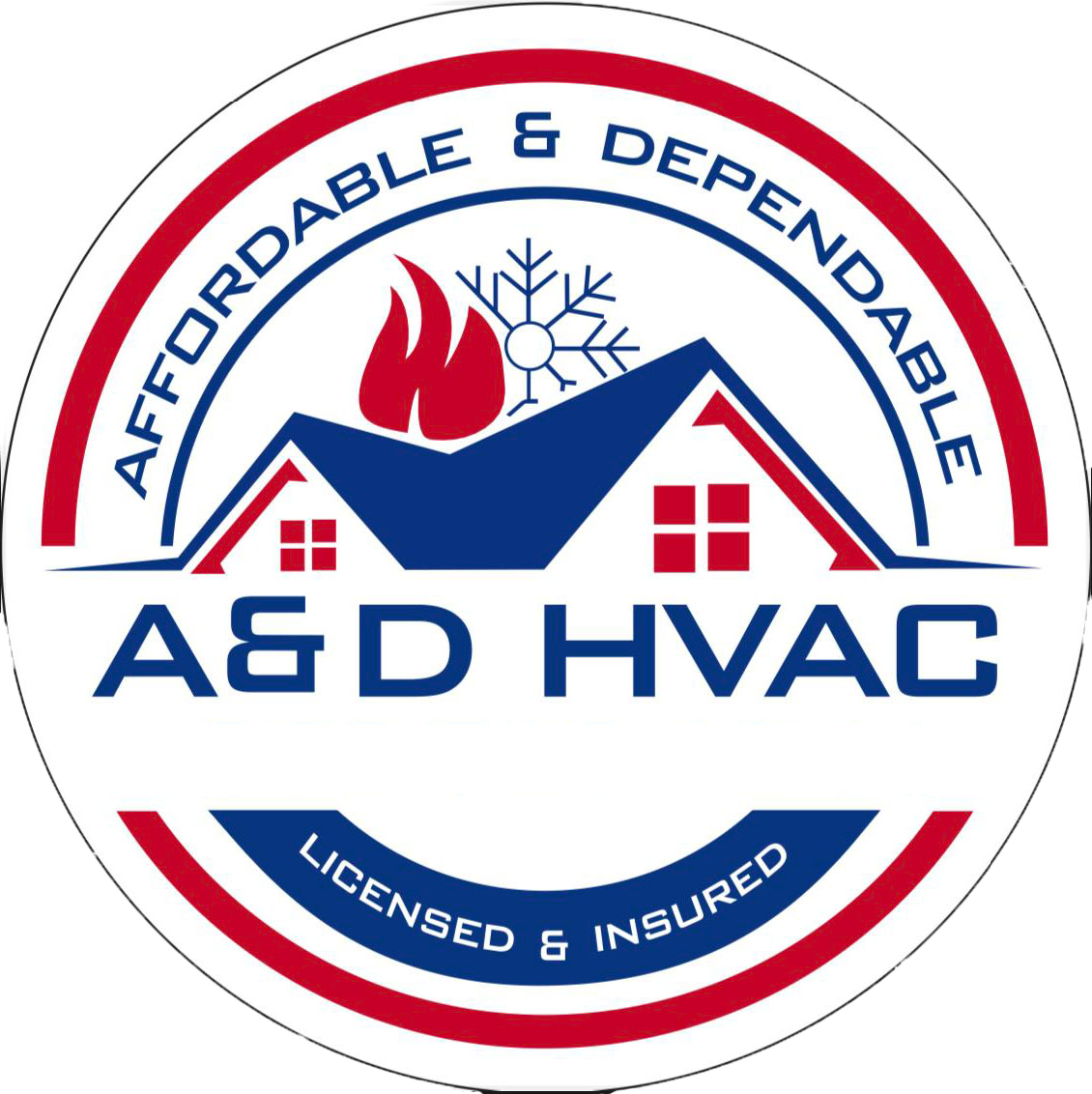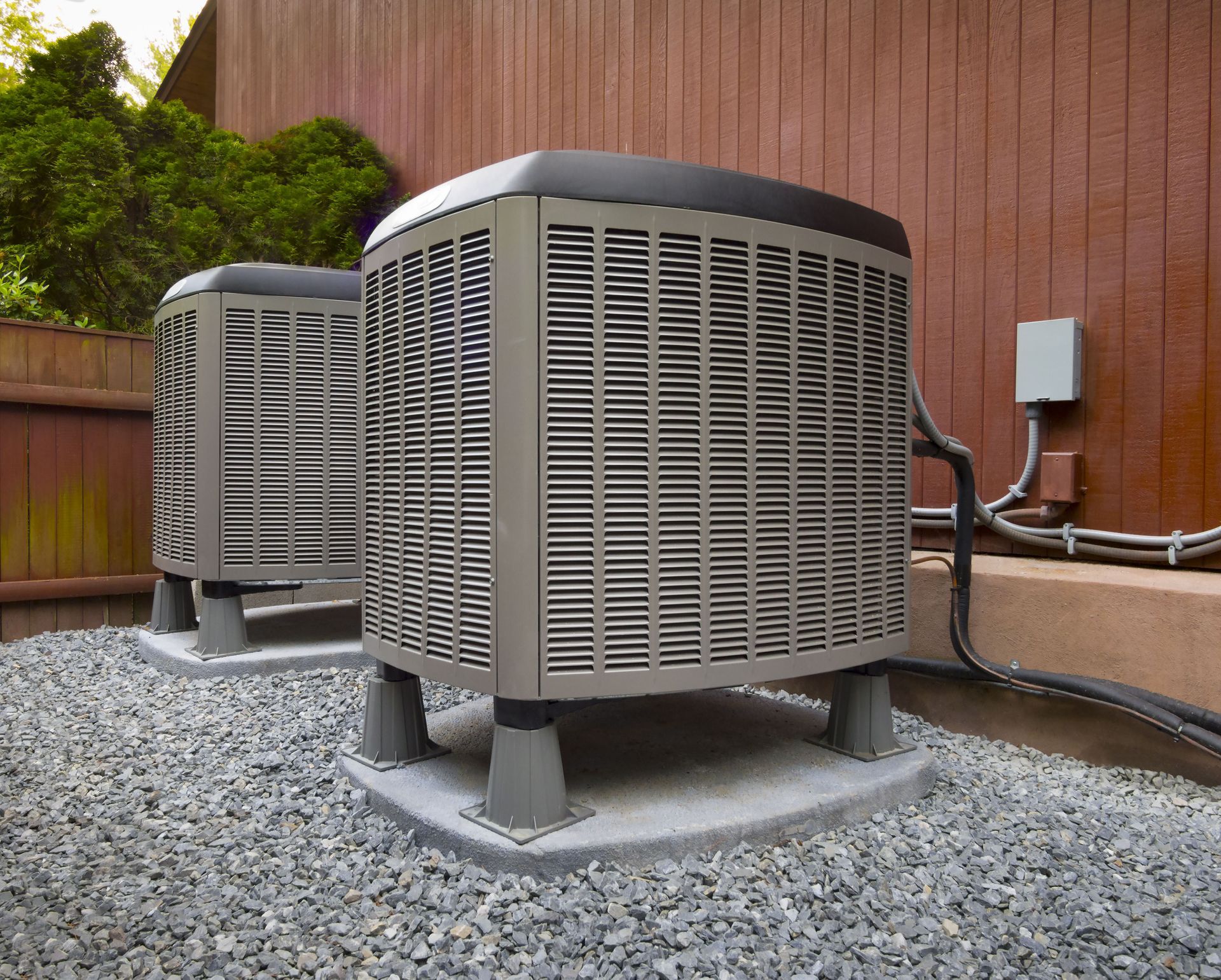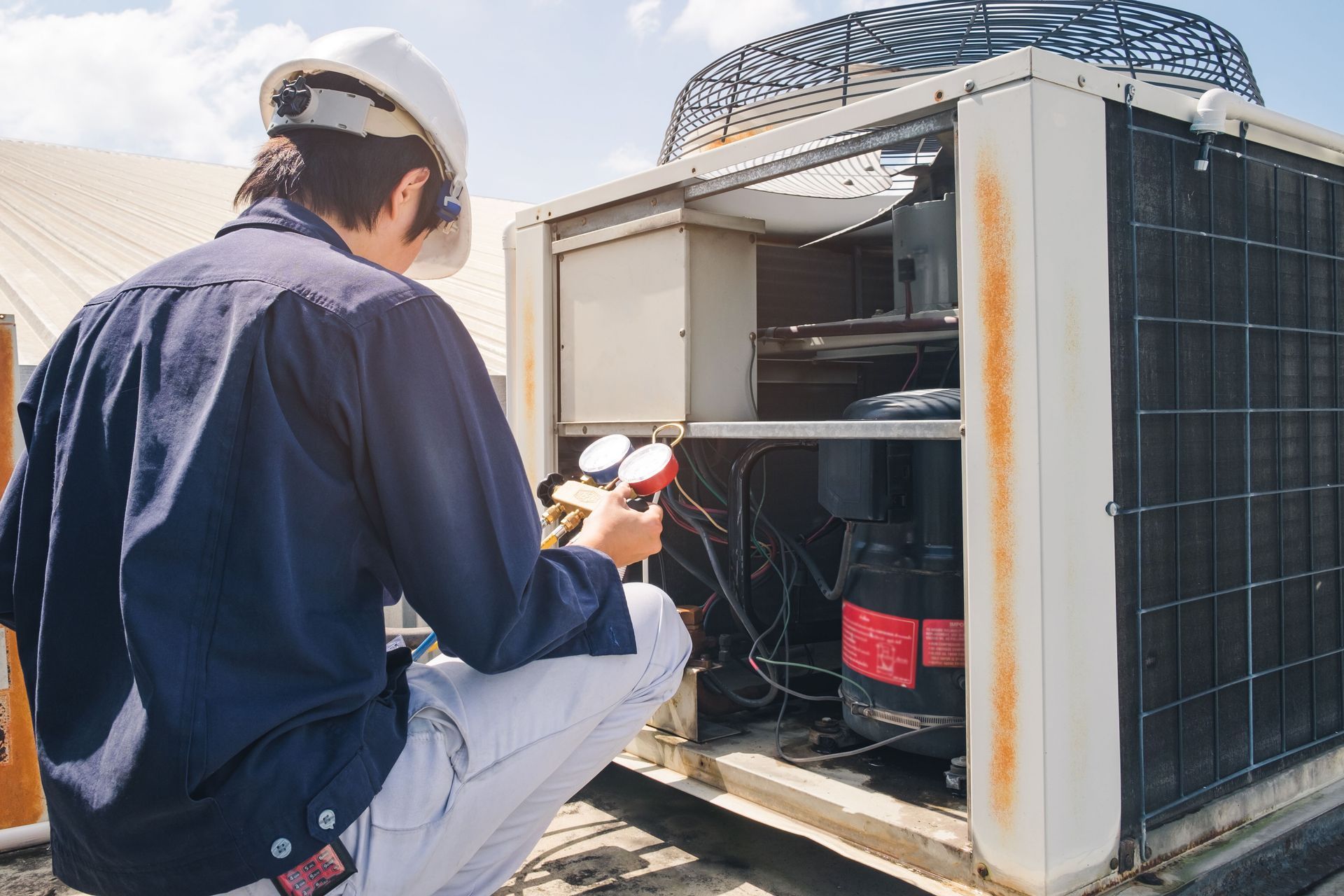In today's modern world, HVAC systems are essential for maintaining comfort in our homes and workplaces. However, frequent breakdowns can be frustrating and costly. Understanding the root causes of these issues is crucial for ensuring the longevity and efficiency of your HVAC system. This article will explore several key reasons that might explain why your HVAC system keeps malfunctioning and provide insights into how these issues can be addressed.
1. Insufficient Maintenance
1.1. Neglecting Regular Inspections
Regular inspections by an HVAC company are vital in identifying potential problems before they lead to system breakdowns. When inspections are neglected, minor issues like loose components or small leaks can escalate into more severe problems, necessitating costly repairs. Scheduled checks by a professional allow for maintenance activities that keep the HVAC system running smoothly. These inspections should include checking refrigerant levels, assessing airflow, and ensuring that all components are functioning efficiently. A well-maintained HVAC system not only runs more efficiently but also lasts longer, reducing the overall cost of ownership.
1.2. Ignoring Filter Changes
The role of air filters in your HVAC system cannot be overstated, serving as the first line of defense against dust, pollen, and other airborne particles. When filters are ignored and not changed regularly, they become clogged and restrict airflow, putting unnecessary strain on the system. This strain leads to inefficiencies and increases the risk of system overheating and eventual failure. Changing filters is a simple yet effective way to ensure optimal operation. It also improves indoor air quality, which is crucial for maintaining a healthy living environment.
1.3. Lack of Professional Servicing
Professional servicing by an HVAC company involves more than changing filters and cleaning; it includes comprehensive assessments of system performance and potential issues. Without professional servicing, HVAC systems are prone to undetected faults that might cause breakdowns at inopportune times. Professionals are trained to identify issues that laypersons might overlook, providing an added layer of assurance. Scheduling professional servicing at least once a year ensures that the system operates at its maximum efficiency. It also extends the lifespan of the system, as potential problems are rectified before they escalate into significant issues.
2. Old or Outdated Equipment
2.1. Life Expectancy of HVAC Components
HVAC systems, like all mechanical systems, have a finite lifespan, with components often showing signs of wear after a decade. Depending on usage and maintenance practices, some systems might last longer. However, according to Today's Homeowner, you should consider replacement for systems over 15 years old or those with frequent breakdowns. Proactively replacing outdated components extends the system's lifespan and improves efficiency. Regular assessments by an HVAC company can help determine whether replacing individual components will suffice or if a complete system overhaul is the best course of action. Homeowners should consult professionals to evaluate their specific system needs and make informed decisions based on expert guidance.
2.2. Inefficiency of Aging Units
Aging HVAC units often struggle to maintain efficiency, primarily due to outdated technology and worn-out components. As systems age, their ability to effectively regulate temperature declines, resulting in prolonged operation times and increased energy consumption. These inefficiencies are not only costly in terms of energy bills but also escalate the risk of system breakdowns. Upgrading to modern, more efficient units can drastically improve performance and reduce operating costs. Newer systems are optimized for energy efficiency, providing an ideal solution for homeowners looking to counteract the inefficiencies of older models.
2.3. Increased Repair Costs for Older Models
Repairing older HVAC models often proves costlier than updating to newer systems, as aging components frequently need replacement. Labor costs can also rise due to the complexity involved in fixing outdated systems. This financial burden, coupled with rising energy bills due to inefficiency, makes maintaining older systems economically untenable over time. Investing in a newer HVAC model requires upfront expenditure but offers savings in the form of lower operational and repair costs. Homeowners should weigh the long-term financial impact of continued repairs against the benefits of replacing their HVAC system.
3. Improper Installation
3.1. Incorrect Sizing of the Unit
The correct sizing of an HVAC unit is critical for its efficient operation; a unit too large or too small can lead to frequent cycling and inefficiencies. An oversized unit consumes more energy, while an undersized one struggles to maintain desired temperatures. Both scenarios contribute to increased wear on the system, causing premature failures. Proper sizing, determined by detailed load calculations performed by a professional HVAC company, ensures optimal performance. Correctly sizing the unit reduces strain on system components, decreasing the probability of unexpected breakdowns.
3.2. Poor Ductwork Setup
Ductwork is the highway for conditioned air, and poor setup restricts airflow and places undue stress on the HVAC system. Improper duct design, including too many bends or unsealed joints, causes air leaks and reduces system efficiency. These inefficiencies can prompt the system to work harder to circulate air, resulting in increased energy consumption and potential system damage. A well-designed and appropriately sealed duct system supports optimal air circulation and system efficiency. Regular inspections by an HVAC company can help detect and correct any ductwork issues, preventing unforeseen breakdowns.
3.3. Use of Unlicensed Installers
The pitfalls of hiring unlicensed installers range from subpar installations to outright code violations, which can ultimately endanger both the system and its users. Licensed installers adhere to industry standards and possess the necessary training and experience to execute installations correctly. Choosing unlicensed contractors might save money upfront, but it often results in costly repairs or replacements down the line. Ensuring that the installers are licensed and insured is a straightforward way to protect your investment and encourage safety compliance. Homeowners should verify the credentials and track records of contractors to avoid potential legal and financial ramifications.
4. Refrigerant Leaks
4.1. Causes of Refrigerant Leaks
Refrigerant leaks often stem from aging components, corrosion, or physical damage to lines and coils, each compromising system integrity. Mechanical issues, such as loose fittings or vibration-induced fractures, also contribute to leak development. Exposure to environmental factors accelerates wear on refrigerant lines. Understanding these causes allows for targeted maintenance strategies to bolster system resilience against refrigerant loss. Identifying and rectifying sources of leaks promptly can prevent long-term damage and preserve system functionality.
4.2. Impact on System Performance
The impact of refrigerant leaks on HVAC systems is profound, directly diminishing cooling capacity and escalating energy consumption. This deficiency forces the system to overcompensate, further taxing components and hastening their failure. Leaks can result in reduced comfort as the system struggles to maintain desired temperatures, degrading the overall user experience. Addressing refrigerant issues through timely repairs promotes efficient system operation and lowers utility costs. A professional
HVAC company is equipped to manage refrigerant levels effectively, ensuring optimal system performance and longevity.
4.3. Repair and Prevention Measures
Promptly addressing refrigerant leaks through effective repair practices prevents further HVAC damage and associated costs. Implementing comprehensive prevention measures, such as routine inspection and servicing, reduces leak occurrence. Professionals can enhance detection efforts, utilizing advanced tools and techniques for accurate assessments and effective interventions. These preventative actions maintain optimal refrigerant levels, ensuring peak system efficiency and minimal environmental impact. Adopting these measures establishes a proactive maintenance approach, enhancing system reliability and extending equipment lifespan.
Frequently encountering HVAC system breakdowns can be exasperating, but by pinpointing the underlying causes, you can take effective measures to alleviate these issues. Addressing these common problems not only enhances efficiency but also prolongs the life of your system, saving you from frequent disruptions and costly repairs in the long run. Contact A & D HVAC LLC to work with a reliable HVAC company.



